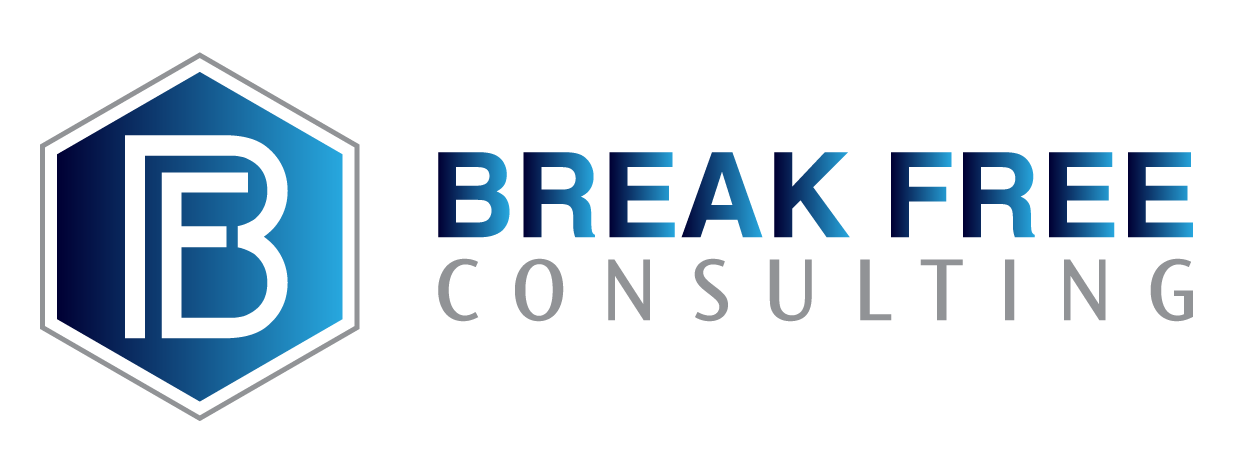Understanding Cans & WillsHave you ever noticed the frustration that is caused by confusing ‘cans’ and ‘wills’? Some people assume that because a person ‘can’ do something they ‘will’ do something… like kids can clean their rooms, so they will clean their rooms; a colleague can help you, but won’t; someone says they will do a task but then can’t. Do you notice any stress in your life from this phenomenon? Cans and WillsSo what is a ‘can’ and what is a ‘will’? Just to be sure we’re on the same page… Can means that a person has the ability, power, or skill or has the means and qualifications to perform. Will means that a person has a wish or desire to perform, or they’d like to, may decide to, or attempt to perform. There’s a BIG difference between the two. There is also a lot of frustration around cans and wills when we aren’t on the same page. MisalignmentIn my last newsletter, I talked about the brain’s natural instinct for detecting errors. When those errors are recognized, the brain shuts down its cognitive area and goes into reactive mode. This is where emotions and physiological responses take over to ‘protect’ you from the error. One tiny problem… the brain will detect an ‘error’ when its expectation is different from what occurs in reality. You will feel it when your expectations aren’t met. Think about how you feel when you don’t expect a car to pull out in front of you and it does… or when you expected your kids to clean their room and they didn’t… or you expected a team member to complete a task and it isn’t done. All of these ‘errors’ can cause you to react in a negative (and sometimes ‘thought-less’ manner) because your autonomic self-protection system has been triggered. Your brain shuts down cognitive function and sends that energy to your muscles and other organs to quickly respond to the perceived error or threat. One problem… in reaction/error mode, the brain doesn’t know is that this really isn’t a threat to your physical well-being. So, what kind of strife arises in your life when the cans and wills aren’t aligned? Let’s look at some statements that you may have heard by well-meaning people that can cause this misalignment. Have you ever heard this one? “You can do anything you want to do in life.” While meant to be motivational, it’s a lie. No where on the planet is there a place where you can do whatever you want to do in life. There are always consequences and choices that have to be made within certain physical or mental parameters. Now, you are free try to do anything, but you may not have the talents or skills to accomplish what you’d like to accomplish. When the can isn’t aligned with the will, there will be frustration, discontentment, dissatisfaction and little enthusiasm. When the will isn’t aligned with the can, there will be defeat, discouragement, and even resentment. Have you felt this in your life? Aligning Cans & WillsWhen I was the director at an IT consulting firm, I was asked to do performance reviews for the folks on my team. Unlike some managers, I looked forward to this process even if it wasn’t always easy. For me, I saw the value in meeting with my team members one-on-one and talking to them about their cans and wills. There was a person on my team who did a great job managing his first project so the boss gave him more projects to manage. He learned and grew to become one of the best PMs on the team. He appeared successful and happy with this career path. When I sat with him as his new supervisor, I asked him what he ‘wanted’ to do. To my surprise, he said, “If I could do anything, I’d prefer to teach.” Wow! I thought since he “could” manage that he’d “want” to move up the management ranks. But, like most people in the workforce, he ended up in a job that he could do, but he wanted to do something else more. As a leader, you may be able to see other’s cans, (yes, I laughed when I wrote that) but it takes more empathy, intuition, and discussion to understand their wills. If you really want to get the most out of your team, do your best to align their ‘can’ strengths with their ‘will’ strengths. When you do, you will see their productivity and commitment skyrocket. You’ll lower the stress in their lives and they’ll help you be a better leader! Next steps for youYou have used the technique of deliberate practice to develop your mental and physical skills. You can also use the same technique to develop your valuing habits and natural thinking tendencies. Here are your key steps to can and will alignment:
When you assess your cans and your wills, you’ll see your roles and your holes. When you ALIGN your cans and your wills, you’ll see you that what you do helps you to become who you want to be. You will find joy in both what you do and who you are. Understanding and recognizing the difference between cans and wills may be the key to accomplishing more, increasing your creativity and decreasing your frustation. I know that you CAN take the above steps. WILL you?
|

